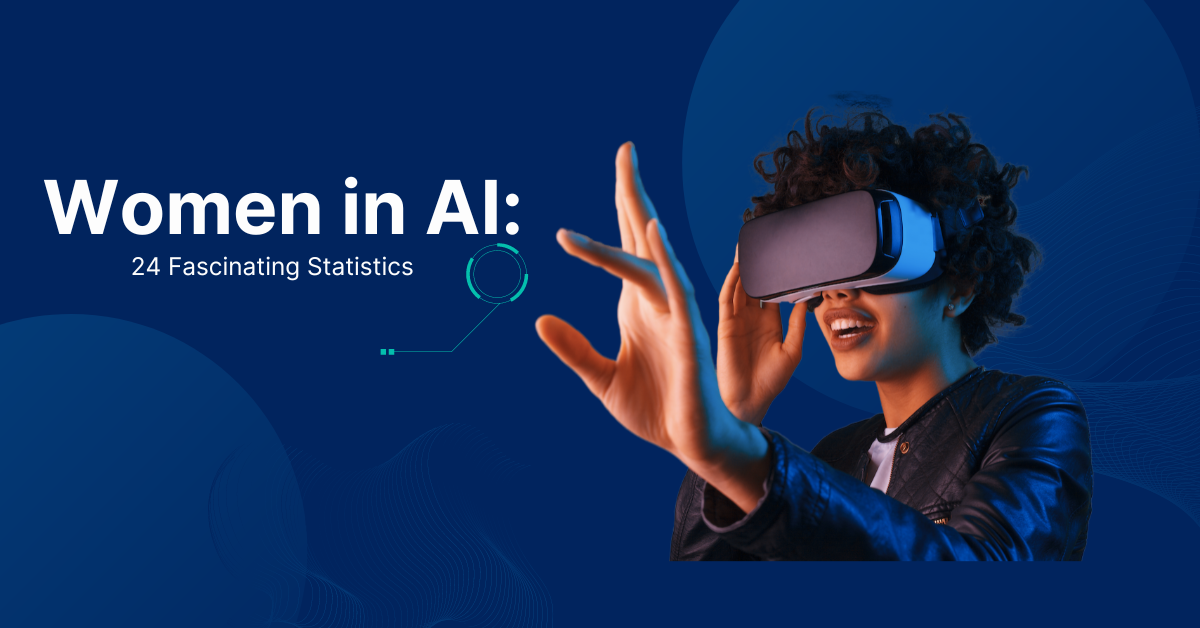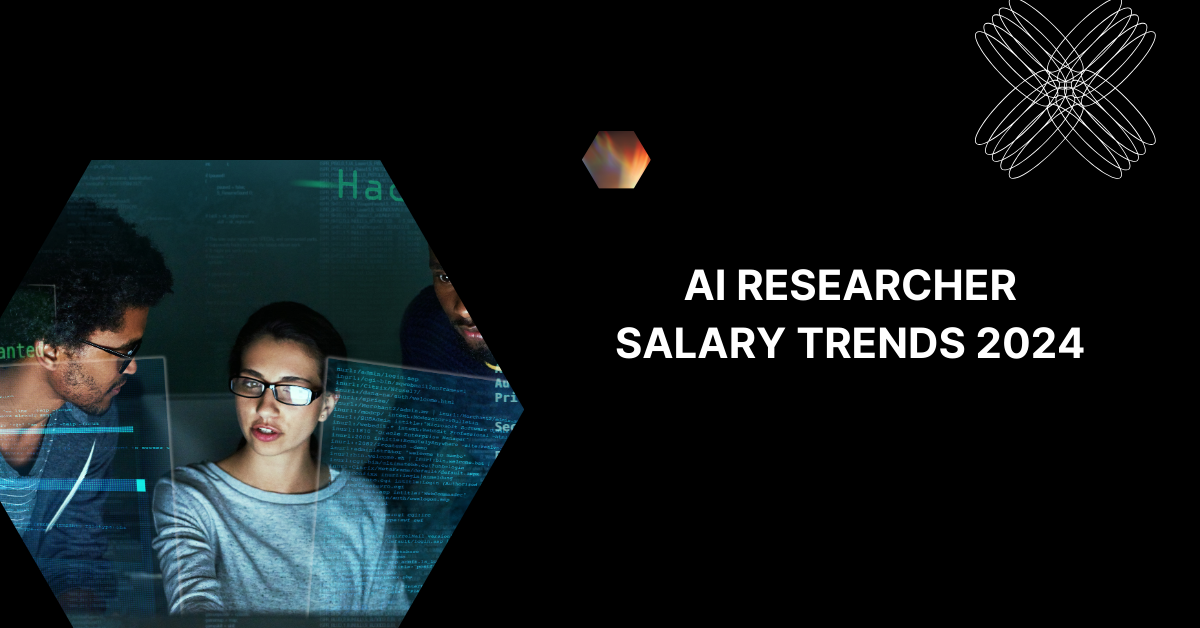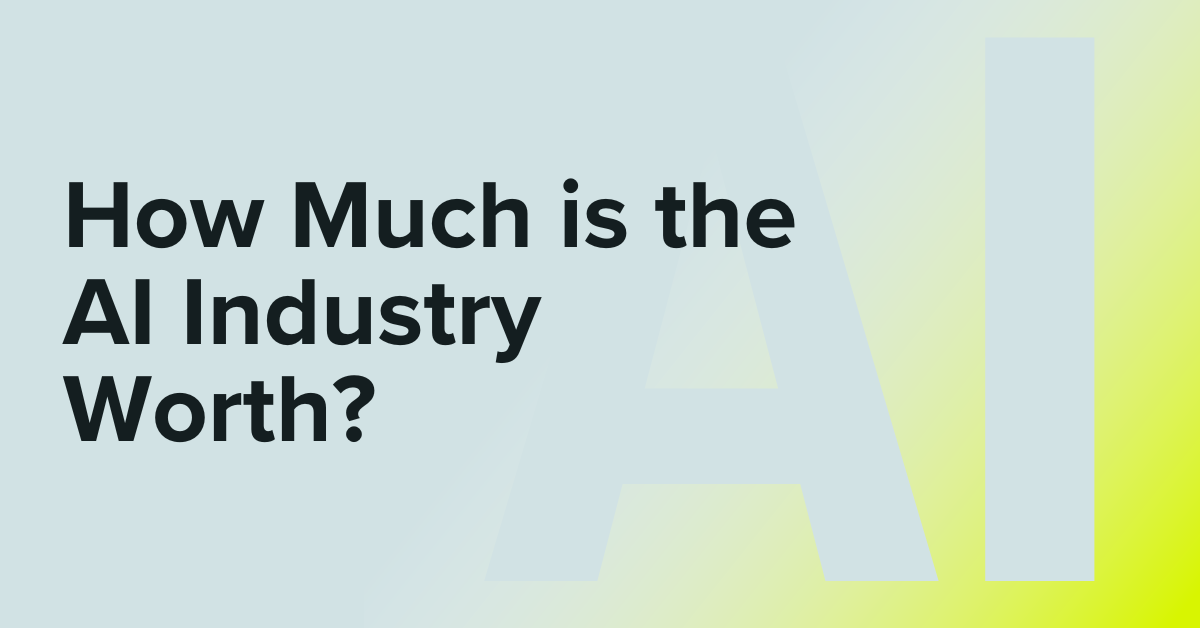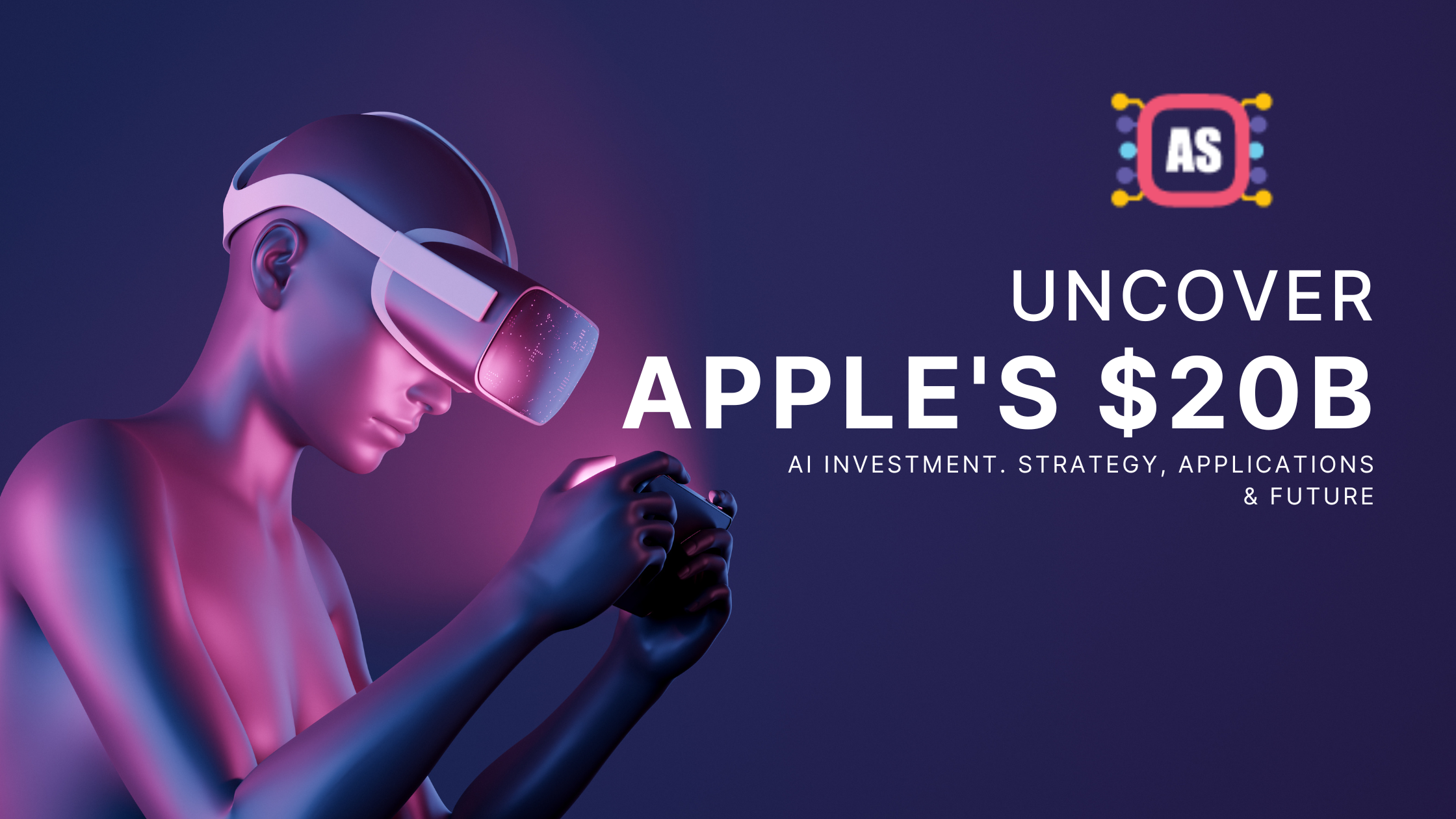Artificial Intelligence (AI), the technology simulating human intelligence in machines, is becoming increasingly prevalent daily. AI is subtly integrated into our routines, from voice assistants like Siri and Alexa to personalized recommendations on streaming platforms.
To illustrate the increasing use of AI, 97% of mobile users utilize AI-powered voice assistants, and more than 4 billion devices are already equipped with such technology. Additionally, 40% of people use the voice search function at least once daily.
But just how widespread is AI usage globally? Continue reading to see how many people use AI worldwide.
How Much of the World Uses AI?
AI's presence is evident in our daily interactions. For example, 97% of mobile users have embraced AI-powered voice assistants like Siri and OK Google. People use these assistants in various settings:
- 51% in the car
- 6% in public
- 1.3% at work
Interestingly, only 2% of iPhone and 4% of Android users have never tried these voice-activated tools.
AI in Business
The use of AI in businesses is also increasing. The primary reason behind the increase in adoption is cost savings. Companies that use AI can notice savings of up to 30% of their overhead cost.
An example of how companies utilize AI is with chatbots. Approximately 70% of companies have adopted chatbot technology. By 2027, it is projected that chatbots will be the primary customer service channel for a quarter of all businesses.
Globally, around 67% of consumers have engaged with chatbots for quick and seamless interactions, and this trend is expected to rise with more positive experiences being reported.
AI in Healthcare and Self-Driving Cars
AI's impact extends to the healthcare and automotive industries. Nearly 1 in 3 medical professionals now use computer systems to assist with diagnoses. Self-driving cars have moved beyond being a novelty, generating a staggering $173 billion in annual global revenue.
The Future of Customer Interactions
By 2025, it is projected that 95% of customer interactions will be AI-assisted, transforming the communication landscape across various industries. Most artists (65%) also embrace text-to-image AI tools to spark creative inspiration and generate innovative ideas for their work.
Which Countries Use the Most AI?
As AI technology advances, several countries emerge as global leaders in AI adoption. These nations are investing significantly in AI research and development, fostering innovation, and integrating AI across various industries. These countries include:
United States
The US leads in AI, with nearly 60% of top-tier AI researchers and $249 billion in private funding. Major AI vendors like OpenAI, Google, Meta, and Anthropic are based in Silicon Valley, developing leading products such as GPT-4 and DALL-E 3. In 2024, the US saw a substantial $31 billion investment in AI across 1,151 deals.
China
China holds 11% of the world's top-tier AI researchers and made 232 AI-related investments in 2024, raising $95 billion in private investment between 2022 and 2024. By 2027, China's AI investment is projected to reach $38.1 billion, representing a significant portion of the global total.
United Kingdom
The UK is the third largest AI market globally, currently valued at $21 billion and projected to reach $1 trillion by 2035. The UK government plans to increase spending on AI research and development, including a £100 million investment in a supercomputer facility in Bristol.
Canada
Canada invested $2.57 billion in AI research between 2022 and 2024, demonstrating its growing commitment to the field. The Canadian government has pledged over $124 million to support responsible AI development.
France
France secured $7 billion in private investment for AI from 2013 to 2022 and an additional $1.5 billion in 2024. The French government pledged €500 million to foster the creation of new AI "champions."
India
India ranks fifth globally in AI investment, with $3.24 billion demonstrating its commitment to becoming a global leader in AI research and development. Seventy percent of Indian businesses have already implemented or are planning AI projects, significantly exceeding the global average of 49%.
Japan and Germany
Japan plans to invest $13 billion in semiconductors and Generative AI. With 294 AI startups, Japan attracted $4 billion in private AI investment from 2013-2022 and an additional $184 million in 2024. Germany has pledged nearly €1 billion towards AI research and development, with 245 AI startups securing $7 billion in private AI investment from 2013 to 2022.
Singapore
Singapore has invested approximately SGD 500 million (about $362 million) over five years in AI through its National Artificial Intelligence Strategy. This has fostered the growth of 165 AI startups and attracted $5 billion in AI investment.
How Many People Use AI in 2024?
AI is rapidly becoming ingrained in daily life, with 55% of Americans regularly using AI and 43.1% believing it boosts productivity. Its pervasiveness is evident in 77% of devices incorporating AI and 97% of mobile users utilizing AI-powered voice assistants.
Here are essential statistics revealing how much people use AI in 2024:
- 55% of Americans say they regularly use AI.
(Pew Research)
Although most Americans use AI regularly, 44% of the population have yet to integrate it into their daily lives. Younger Americans are more aware of AI applications, with 75% recognizing its presence in their daily lives compared to 45% of older Americans.
- 2 in 5 (43.1%) people believe AI will increase productivity.
(YouGov)
Most people use Email spam filters 78.5%, and Chatbots for customer service questions 62.2%.
- 77% of devices incorporate AI technology.
(MDPI)
AI’s importance for businesses is clear, with 90% of organizations recognizing AI's potential for competitive advantage.
By 2030, AI is projected to contribute a staggering $15.7 trillion to the global economy. While it may displace 85 million jobs by 2025, AI is expected to create 97 million new employment opportunities, leading to a net increase of 12 million.
- 97% of mobile users are using AI-powered voice assistants
(TechJury)
More than 4 billion devices already work on AI-powered voice assistants, and 40% of people use the voice search function at least once daily.
AI's Growing Impact: Transforming Work and Raising Questions
While quantifying global AI use remains complex, its steady growth is undeniable. With an adoption rate of 35% in 2022 and 97% of mobile users utilizing AI-powered voice assistants, AI's impact is profound. AI transforms operations, automates tasks, and enhances productivity in the workplace. However, it raises concerns about job displacement, with estimates suggesting 85 million jobs could be lost by 2025.
AI's pervasive presence in our lives is set to increase, driven by continuous advancements and widespread adoption across various sectors and countries. The technology's future promises significant economic contributions and transformative changes in how we work and live.
Source list:






